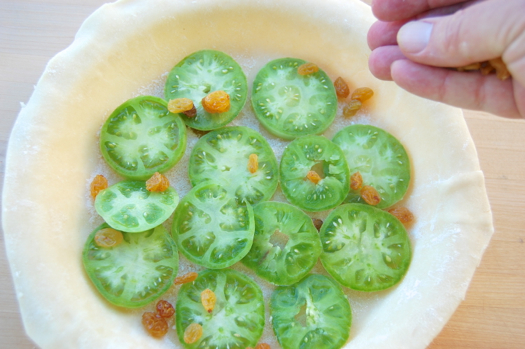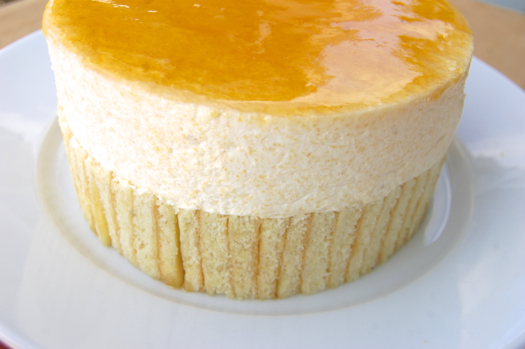Happy to oblige, reader Leeza. Xtomatl is the original Aztec word for the tomato. The “x” is pronounced as sort of a guttoral “h”, or so I understand, making the word sound something like heetomatl. Of course I’m no speaker of Nahuatl. Neither were the Spaniards as it happened. They simply called the things “tomat-es”.
By now you’ve no doubt deduced that the tomato is a New World fruit. Like corn, it was identified as a potentially viable cash crop by the Spaniards. But unlike corn, it took considerable time for the Old World to fully adopt it. For tomatoes (along with eggplant and potatoes) are members of the nightshade family, a group of plants that were known to contain a host of toxic (sometimes deadly) alkaloids. The same was true of the eggplant and the potato, which were likewise greeted with, shall we say, reserve, when they arrived in the early 1500’s.
READ ON


